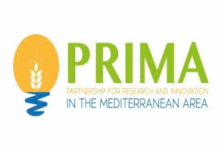ABOUT US
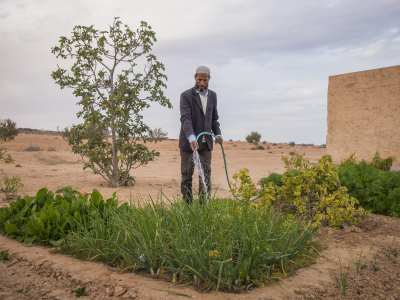
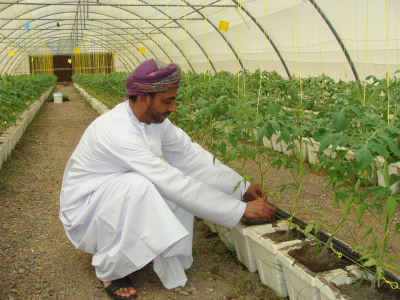
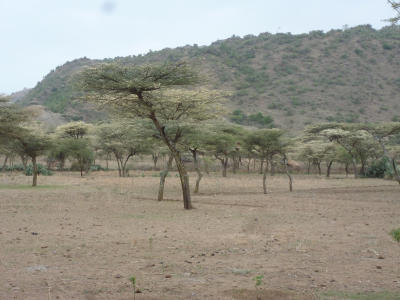
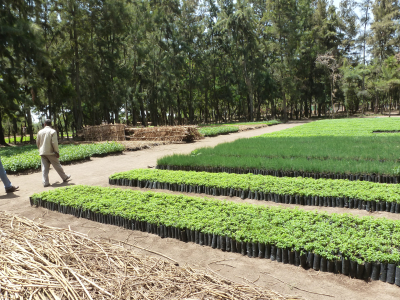
Research-based participatory approaches for adopting Conservation Agriculture in the Mediterranean Area (CAMA) is a three-year project, funded by the European Union in the frame of PRIMA, grant agreement number 1912. Conservation agriculture (CA) is a cropping system based on three principles: (1) minimum tillage and soil disturbance, (2) permanent soil surface cover with crop residues and cover crops and (3) crop diversification (rotation and intercropping). In Mediterranean rainfed cropping systems, the agronomic management practices try to use rainfall more efficiently. Most soils have low soil organic content, due to low water availability, the high temperature and tillage intensity. CA could in these conditions reduce the risk of soil quality degradation and improve nutrient and water use efficiencies, while providing a more stable yield, supporting smallholder agriculture. CAMA project aims to understand and overcome the barriers that prevent the adoption of CA in the Mediterranean basin. A multidisciplinary and participatory research will identify socioeconomic, technical and agronomic constraints for CA adoption, and will test and validate in field new and adapted techniques of CA, measuring their positive effects on soil properties and conservation, water use efficiency and crop development. Modelling of field data will allow simulating the effect of CA on crop growth, yield and soil fertility at the long-term. CAMA will derive and disseminate technical and policy recommendations, train and improve knowhow and capacities of researchers and practitioners for adapting and adopting CA in the Mediterranean region.
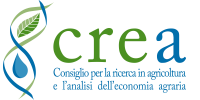









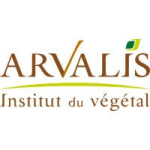


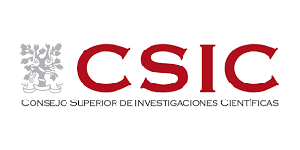


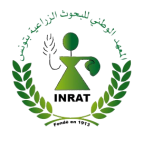
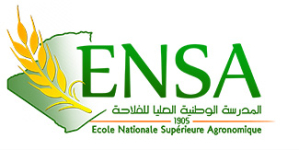
.jpg)
